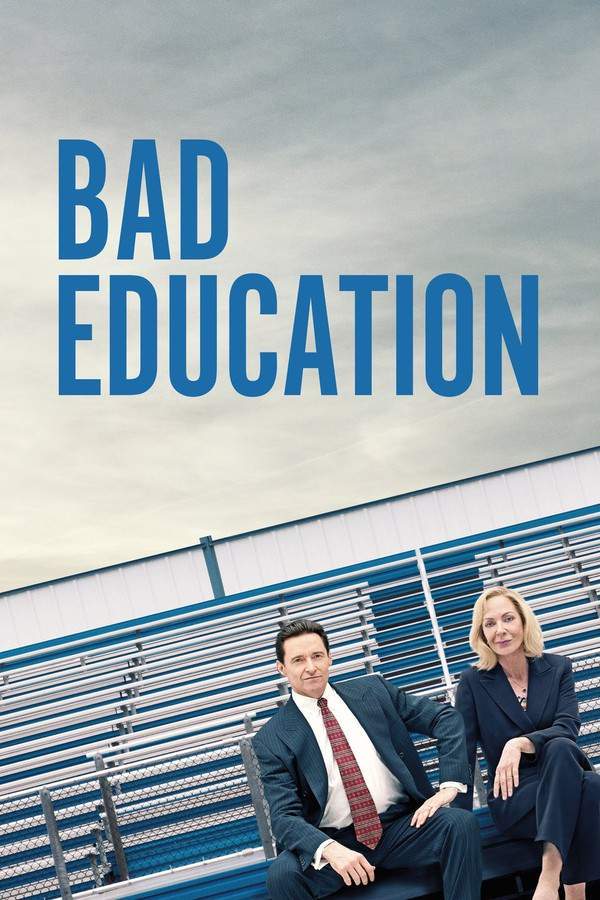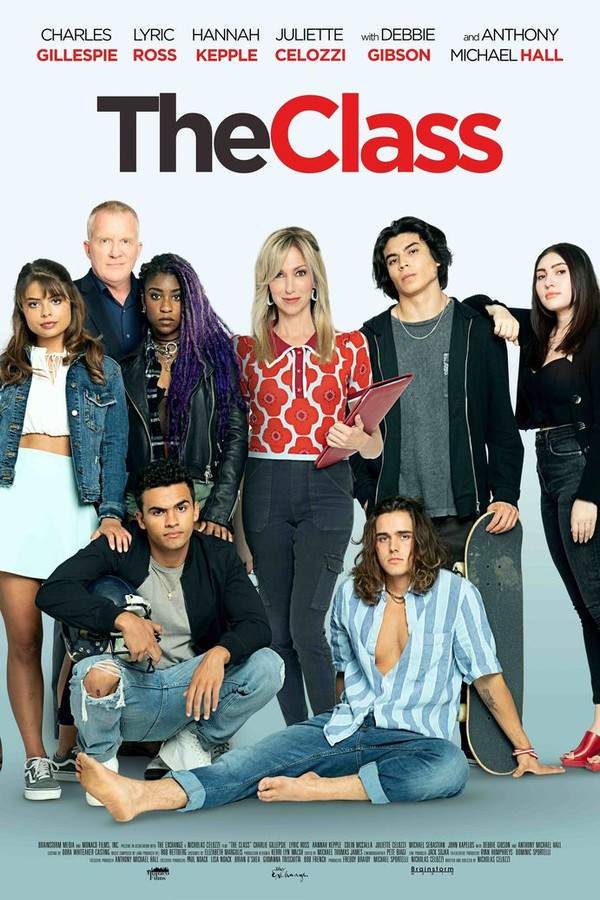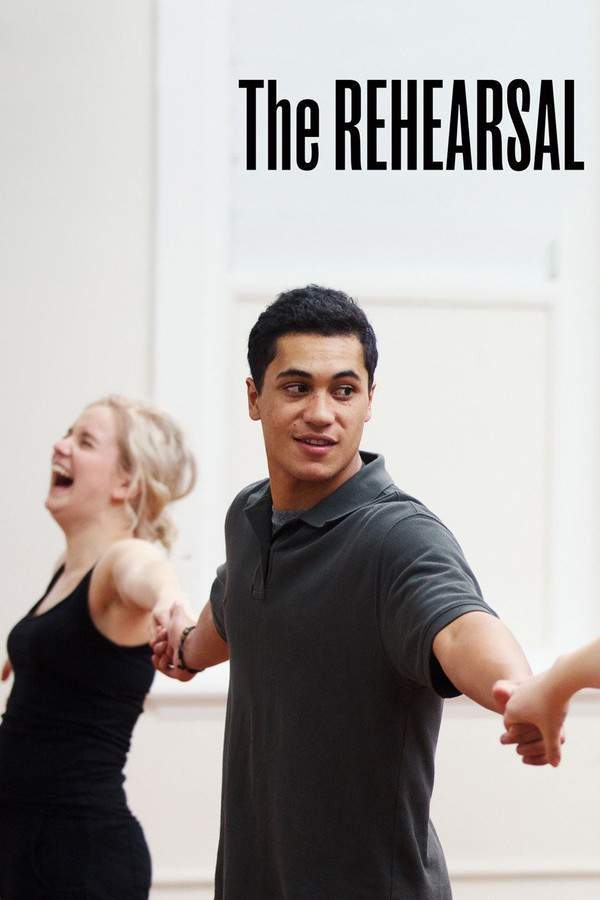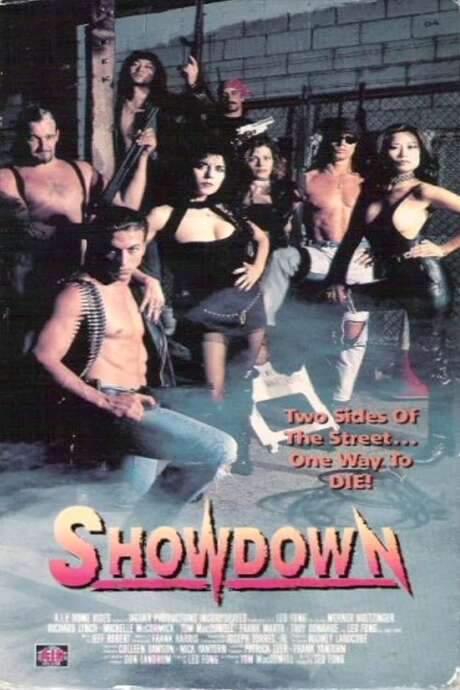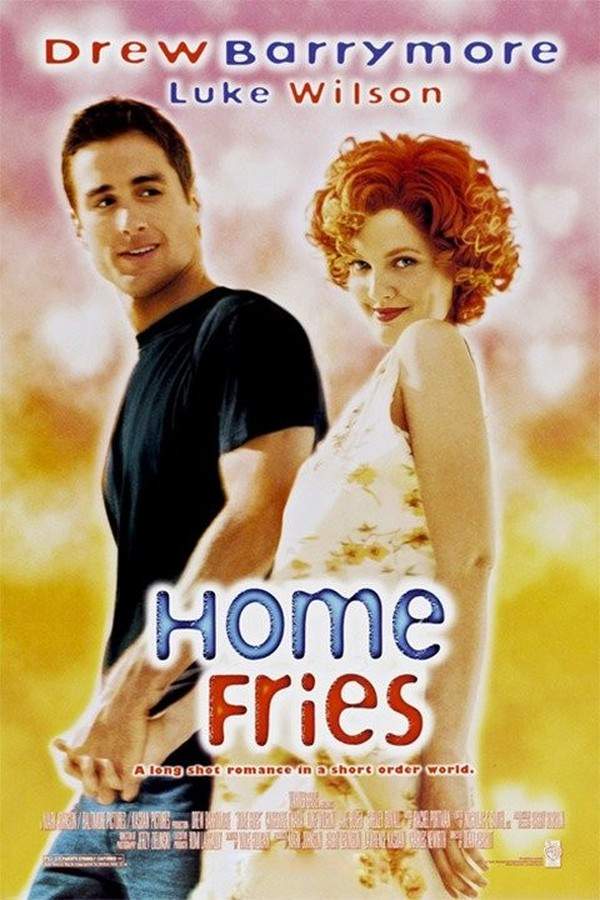
Spare the Rod
Year: 1961
Runtime: 93 mins
Language: English
Director: Leslie Norman
Set in London in 1960, John Saunders eagerly starts his first teaching post at a gritty slum‑area school. He is assigned a group of apathetic pupils who are in their final term before leaving. As the year progresses he confronts serious social and behavioural challenges that test his optimism and the students’ future.
Warning: spoilers below!
Haven’t seen Spare the Rod yet? This summary contains major spoilers. Bookmark the page, watch the movie, and come back for the full breakdown. If you're ready, scroll on and relive the story!
Spare the Rod (1961) – Full Plot Summary & Ending Explained
Read the complete plot breakdown of Spare the Rod (1961), including all key story events, major twists, and the ending explained in detail. Discover what really happened—and what it all means.
John Saunders Max Bygraves arrives at Worrell Street School as a supply teacher carrying a bold, reform‑minded stance against corporal punishment. He’s placed with a class in their final year—a volatile group of pupils from troubled, low‑income backgrounds who show their defiance through fights, flinging furniture, heckling during Bible readings, and sneaking cigarettes in the classroom. The atmosphere around them is tense and frayed, the kind of place where order seems increasingly fragile.
Mr. Jenkins Donald Pleasence is the headmaster, well‑meaning but crushed by the sheer magnitude of the challenge before him. He has long since resigned himself to a retirement that feels inevitable, and his belief is that a firm hand, delivered through corporal punishment, is the only way to keep any sense of order in the school. The famous line he clings to—“You’ll never be able to handle them unless you’re as tough as they are”—hangs in the air as a counterpoint to Saunders’s different approach.
Saunders’s colleagues resist change. Some seem to relish the old, harsher methods, while others are simply scared of losing control if discipline slips. Among them is Arthur Gregory Geoffrey Keen, whose attitude toward discipline sits at the more punitive end of the spectrum. Together, the staff members assume that meaningful learning for these kids is an empty dream and that the best anyone can do is maintain a fragile order long enough to endure.
Yet Saunders remains steadfast in his principles, and slowly he begins to notice glimmers of potential in the class. He takes a special interest in Fred Harkness [Richard O’Sullivan], one of the main troublemakers, and urges him to explore what he might achieve beyond the walls of the classroom. When Saunders administers a cane to the pupils involved in a disturbance, it’s later revealed that Harkness wasn’t to blame for the unrest; he had been trying to prevent a broader riot. After the moment, Saunders offers a handshake and an apology, but Harkness refuses, leaving their trust strained and fragile.
The situation escalates when the pupils orchestrate a prank that locks Gregory in the school’s toilets overnight. The next day, Gregory exacts a brutal revenge on those he suspects are the ringleaders, turning his anger on Harkness with a heavy, sustained punishment: roughly ten strokes of the cane on Harkness’s left hand, which was twisted behind his back. Saunders steps in to restrain Gregory, and the classroom erupts into chaos as the pupils seize the moment to push the school’s disciplinary system to a breaking point. Saunders finds himself under scrutiny for undermining the very policy he’s trying to reform, questioning not only his career but his ability to teach in such a volatile environment.
In the midst of the turmoil, Saunders does not abandon his belief in possibility. He ultimately connects more fully with Harkness, helping him see that he may be capable of something better after school. The film closes on a note of cautious hope: a teacher’s stubborn commitment to nonviolence can, in time, reach a student who believes in a different future, even as the school teeters on the edge of daily upheaval.
Last Updated: October 09, 2025 at 12:31
Explore Movie Threads
Discover curated groups of movies connected by mood, themes, and story style. Browse collections built around emotion, atmosphere, and narrative focus to easily find films that match what you feel like watching right now.
Movies about fighting institutions like Spare the Rod
Idealistic individuals clash with entrenched, oppressive institutions.If you enjoyed the clash of ideals in Spare the Rod, you'll find similar tension in these movies. This collection features stories about teachers, lawyers, and reformers challenging systemic neglect and bureaucratic indifference in gritty, realistic settings.
Narrative Summary
The narrative centers on an idealist entering a broken system (school, hospital, legal system) and confronting its ingrained problems. The story unfolds as a series of escalating conflicts with authority figures, revealing the depth of institutional rot and forcing the protagonist to adapt their methods or face defeat.
Why These Movies?
Movies are grouped here for their shared focus on the tension between progressive change and traditional, often punitive, systems. They share a gritty, realistic tone and explore the emotional cost of fighting an uphill battle against apathy and institutional resistance.
Gritty urban dramas with bittersweet endings like Spare the Rod
Hard-hitting stories set in impoverished urban landscapes, ending with guarded hope.For viewers who appreciated the authentic depiction of 1960s London slum life and the hard-won, partial victory in Spare the Rod. These movies similarly explore themes of urban poverty and social hardship, delivering emotionally resonant stories that end on a cautiously hopeful note.
Narrative Summary
Stories unfold in a grim, authentic urban setting, following characters navigating significant social challenges. The plot builds steadily towards a climax that offers a personal breakthrough or moral victory for the protagonist. However, the overarching systemic issues remain, creating a poignant, bittersweet resolution that acknowledges both progress and the enduring struggle.
Why These Movies?
This thread connects films through their shared atmosphere of gritty realism, focus on social class and poverty, and a specific emotional arc that moves from tension and struggle to a bittersweet, cautiously optimistic conclusion. The mood is consistently tense and hopeful amidst oppression.
Unlock the Full Story of Spare the Rod
Don't stop at just watching — explore Spare the Rod in full detail. From the complete plot summary and scene-by-scene timeline to character breakdowns, thematic analysis, and a deep dive into the ending — every page helps you truly understand what Spare the Rod is all about. Plus, discover what's next after the movie.
Spare the Rod Timeline
Track the full timeline of Spare the Rod with every major event arranged chronologically. Perfect for decoding non-linear storytelling, flashbacks, or parallel narratives with a clear scene-by-scene breakdown.

Characters, Settings & Themes in Spare the Rod
Discover the characters, locations, and core themes that shape Spare the Rod. Get insights into symbolic elements, setting significance, and deeper narrative meaning — ideal for thematic analysis and movie breakdowns.

More About Spare the Rod
Visit What's After the Movie to explore more about Spare the Rod: box office results, cast and crew info, production details, post-credit scenes, and external links — all in one place for movie fans and researchers.







